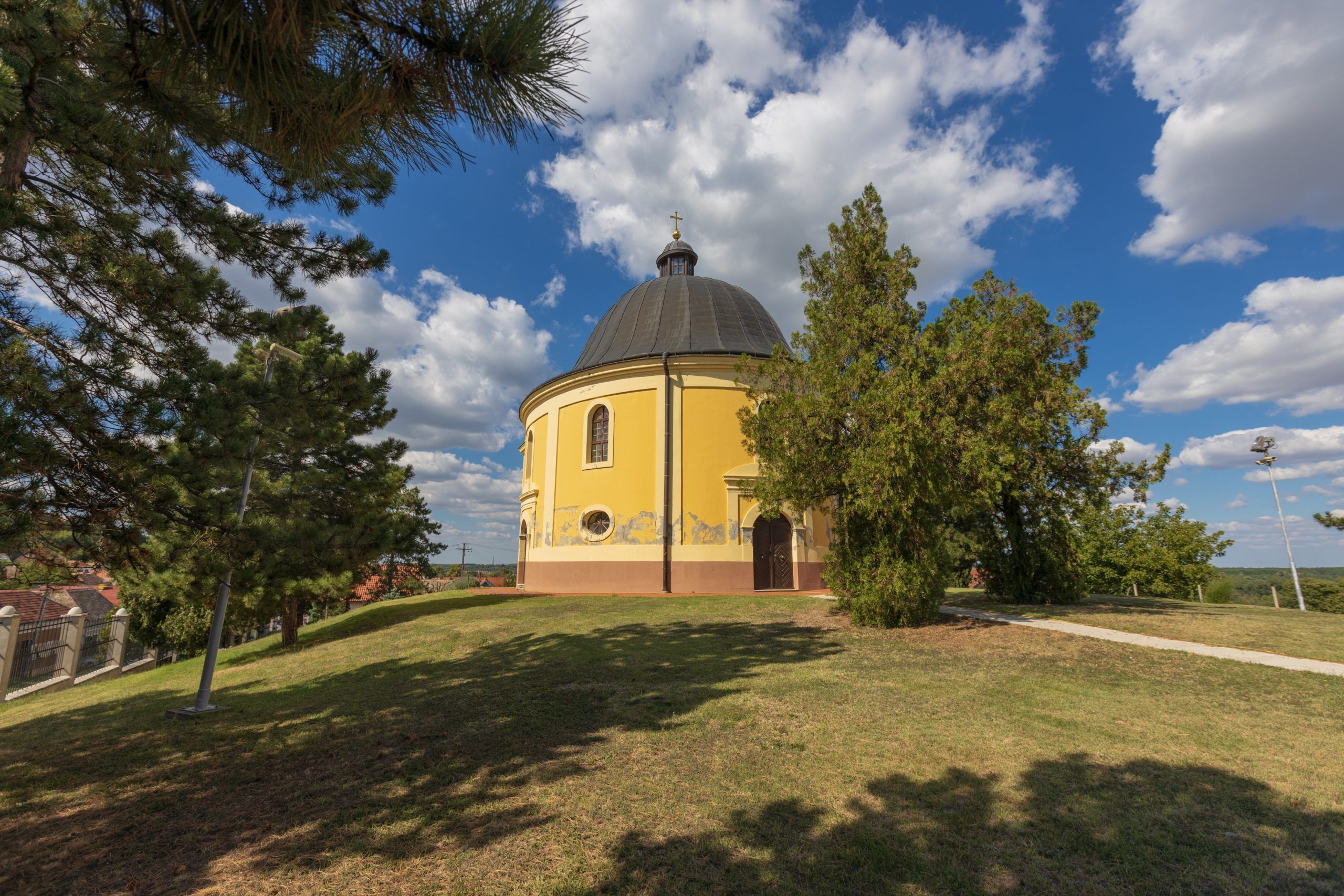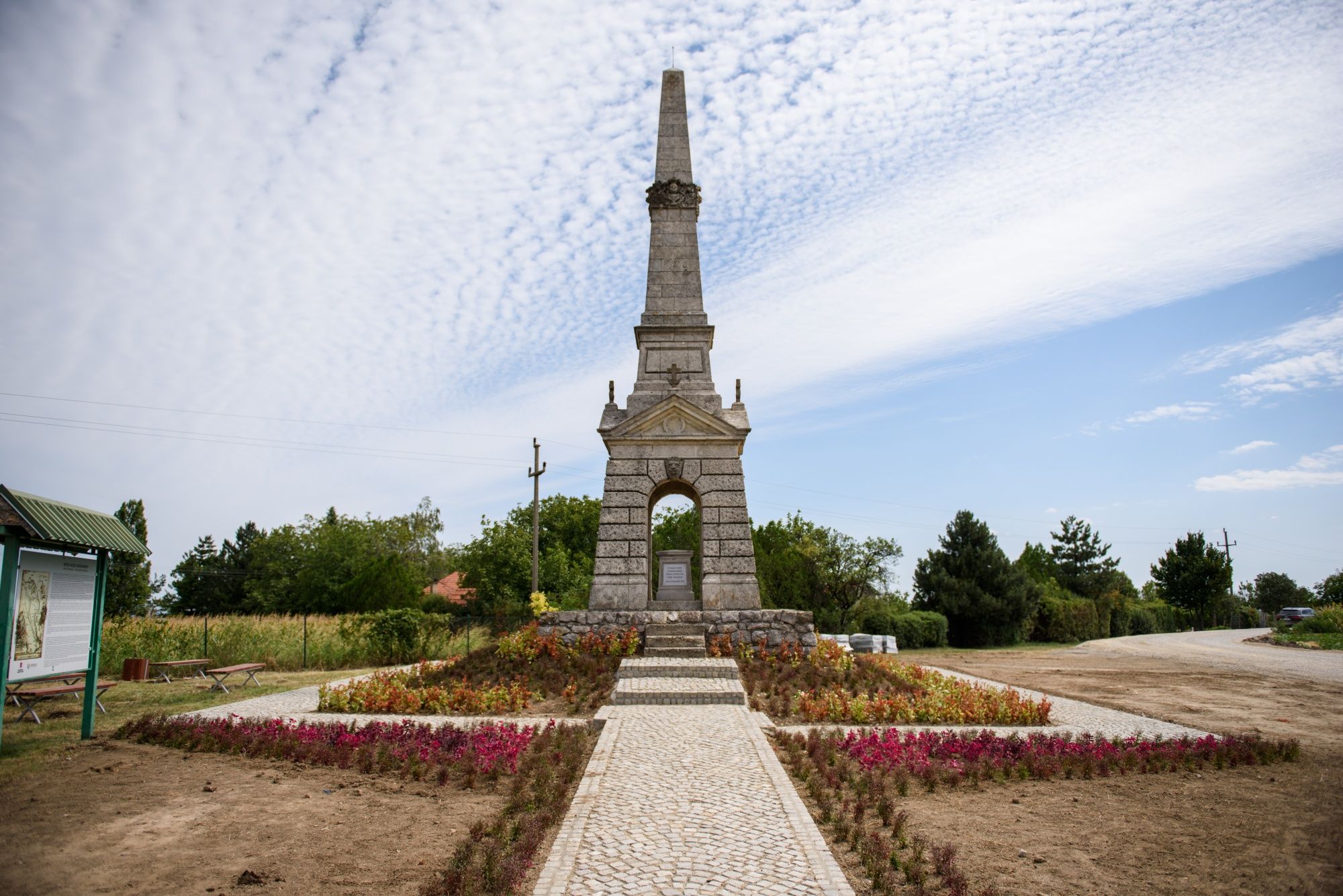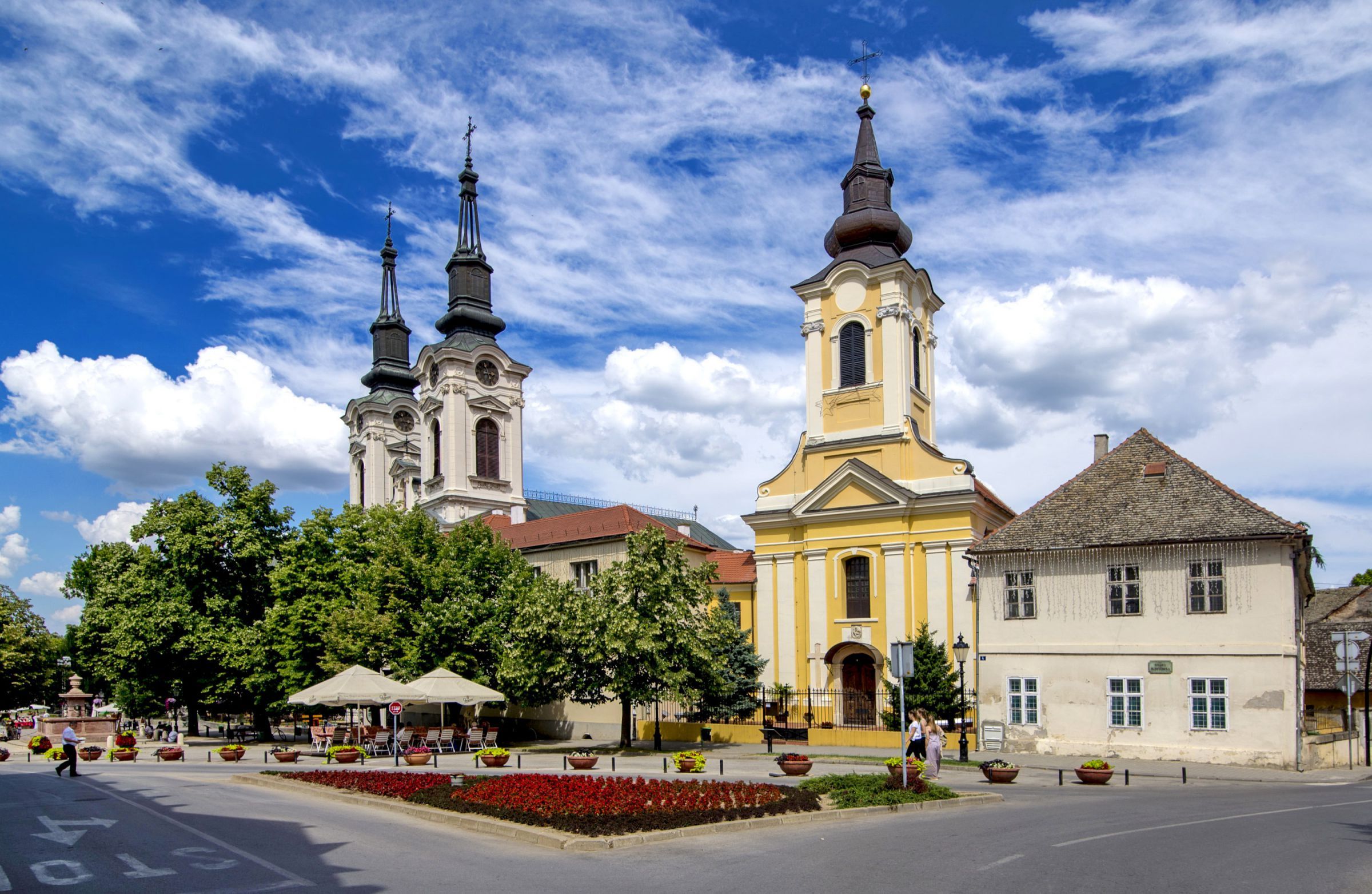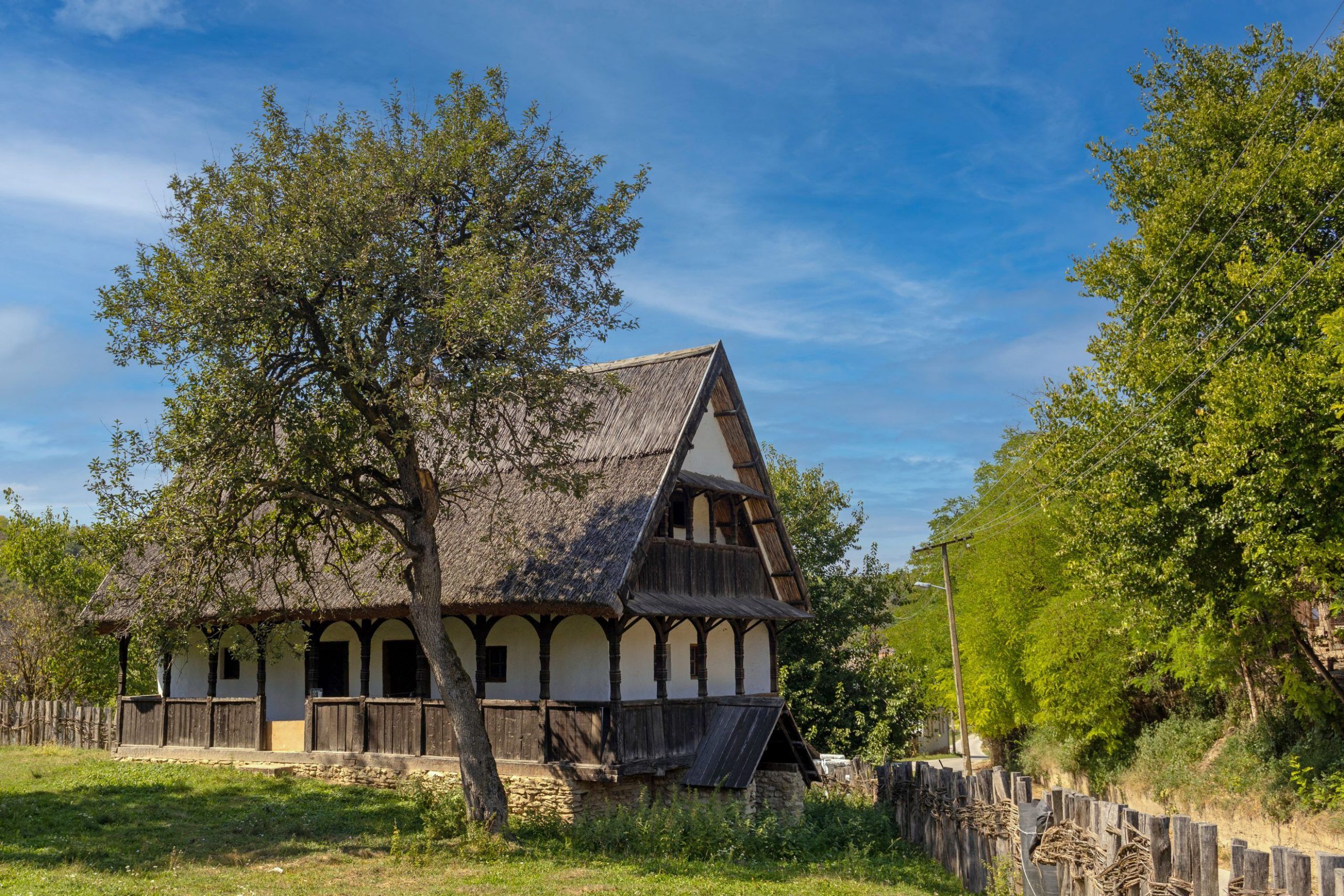In addition to Serbian Orthodox monasteries, among the most important cultural heritage located in the area of Fruška Gora we can also include valuable spatial cultural-historical entities, examples of folk architecture, ethnological heritage, individual cultural monuments and famous places.
Cultural and historical heritage of Fruška Gora
Famous places
The place where the Treaty of Karlowitz was concluded in 1669, where Austria, Venice and Poland on one side and Turkey on the other (Russia only signed a truce with Turkey) ended one of the wars during the Second Siege of Vienna (1683).

The site of the Battle of Slankamen, which took place in 1691, is marked by a monument erected in 1892. Austrian and Turkish armies clashed. The Turks suffered a heavy defeat.

The site of the battle on Vezirac, which took place in 1716, is on the Vezirac hill near Teki (Petrovaradin). Then the Austrian army under the command of Eugene of Savoy defeated the Turkish army commanded by Damad Ali Pasha.
The place of the breakthrough of the Srem Front is marked by the Memorial Complex “Sremski Front” in Adaševci. It is one of the most significant battles as part of the final operations for the liberation of Yugoslavia from the fascist occupiers, which took place in April 1945. The “Sremski Front” memorial complex preserves the names of 15,000 fallen soldiers of the National Liberation Army of Yugoslavia, Red and Bulgarian armies. The complex was built in 1988 and was the work of Jovan Soldatović.
Spatial cultural-historical unit of Sremski Karlovci
The town center of Sremski Karlovci is a baroque spatial cultural-historical unit built from the middle of the 18th to the beginning of the 20th century. Especially, the following stand out: Cathedral Church of St. Nicholas built in the 17th century and the Patriarchal Palace built at the end of the 19th century on the place where the old metropolitan building was in the 18th century.

Cultural monuments of exceptional importance outside Sremski Karlovci
Church of St. Nicholas in Stari Slankamen, according to tradition, was built by Vuk Grgurević (Vuk the Fiery Dragon), but the oldest written record of the church dates back to 1501.
Church of St. Archangel Gabriel in Molovin was built in 1801.
The farmhouse in Neštin is an example of folk architecture from the 18th century.

Cultural monuments – folk architecture
The farmhouse in Neštin is an example of folk architecture from the 18th century.